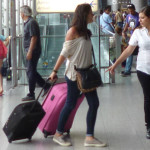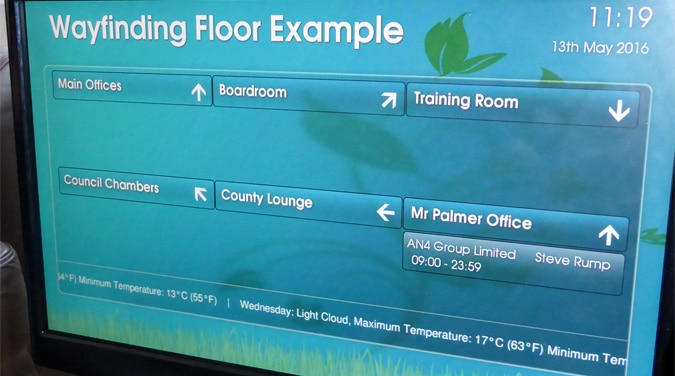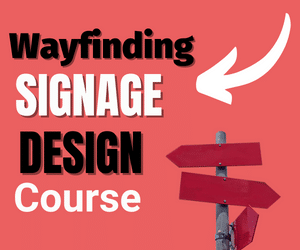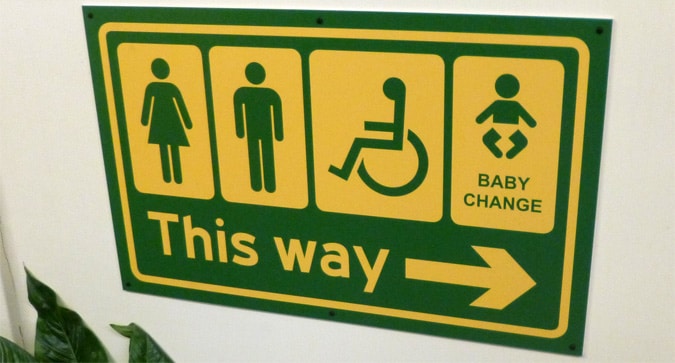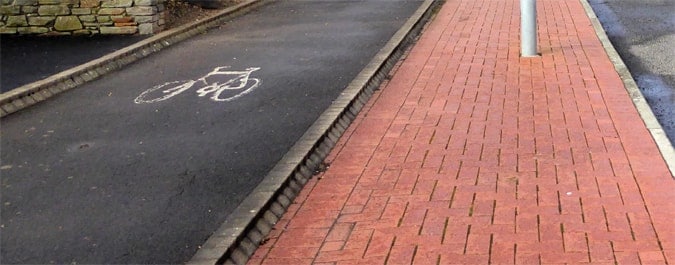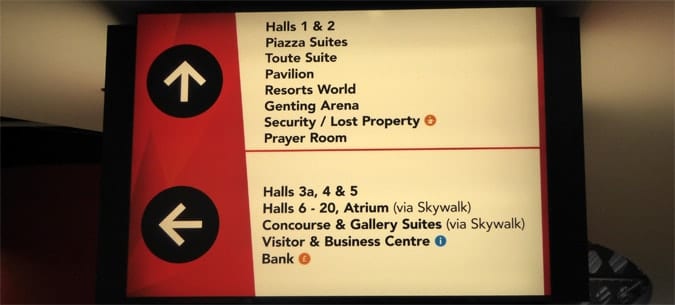Last Updated on June 9, 2023
There are a number of wayfinding design principles that are worth trying to understand if you are involved in guiding users around a location. You might be an architect, a signage maker, the manager of a location such as a shopping mall, university campus, hospital, or airport and these principles can help you.

By understanding wayfinding as being a social and cultural experience, you can better improve hoiw you design and implment a wayfinding strategy – including for signage, the design or space and integrated services.
– Written by Paul Symonds
We have now moved away from understanding wayfinding as simply being a cognitive only process!
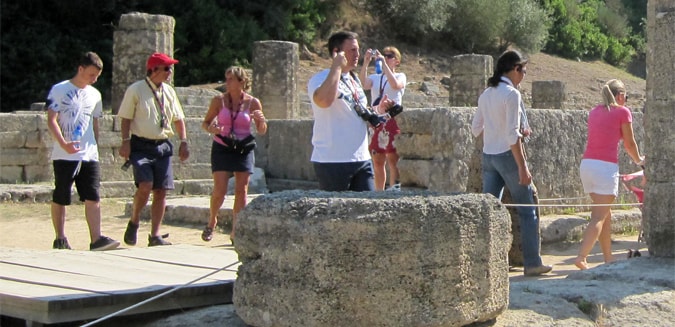
The modern understanding is that it is really being a far more dynamic process, which takes place most often in social environments.
Wayfinding is clearly a practice that is much more than simply being something that exists for the benefit of the individual who needs to get from A to B, as I will explain below. Three key points I will discuss are:
- Wayfinding has many stakeholders – Apart from the individual person who is trying to find their way, wayfinding practice can include business owners (such as the gift shop owner who needs to try and persuade people to want to choose their location to pass by and to enter) and a variety of other stakeholders.
- Wayfinding takes place in social locations – the design of wayfinding systems need to factor in the way in which sociocultural elements impact the process. Crowd behavior, for example, greatly influences the way in which we move in emergency situations.
- Wayfinding is an embodied practice – and is one that is often heuristic in that bodily needs, ability, and so on, directly affect and impact route decisions.
Table of Contents
Wayfinding and Stakeholders
Seeing wayfinding as a process that involves one person navigating from A to B and analyzing it from the perspective of only one person is greatly flawed and, I would posit, provides the answer to why wayfinding systems and their design often fail. Wayfinding always involves a number of stakeholders and these can include:
- Landowners;
- The person trying to get somewhere;
- Institutions (including governments);
- Vendors (such as retail outlets);
- Transport providers (including limousine services, and taxi drivers);
- Signage makers;
- Local people.
There are many more stakeholders that could be added and, to really understand the dynamics of wayfinding design, it is very useful to appreciate this range of people who influence, guide, and shape the process.
Imagine, for example, the needs of an airport, a location that needs to be profitable in order to survive.
In the UK, many airports take a percentage of the income from sales that retail outlets make inside the airport.
As a result, guiding passengers is not necessarily about guiding them via the quickest or most direct route.
For airport owners, in other words, the best option can be to guide passengers past key points of sale. Here, the concept of ‘steering behaviour’ is used, as signage and the design of the space is shaped so to increase sales.
As you can see from this one simple example, routes are often not designed for the individual’s benefit.
The Social Reality of Wayfinding
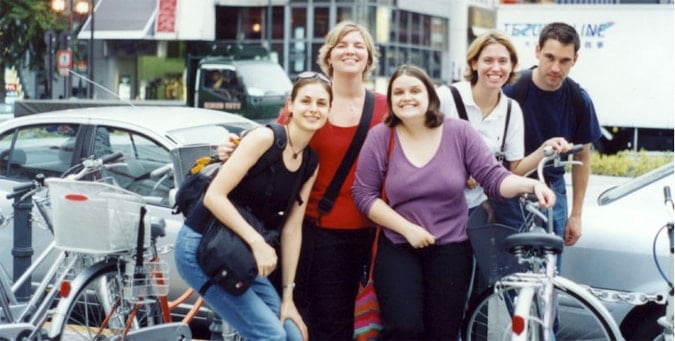
As mentioned in the previous section, we rarely, if ever, truly wayfinding through only our own influence. We also very often navigate and find our way:
- With other people, such as with friends or a loved one.
- We may be responsible to guide others as a tour guide or partner to someone disabled.
- We have to wayfind past, alongside others, or using the same facilities and spaces.
- We may follow others in the belief, wrongly or rightly, that they are going in the direction we also want to.
Wayfinding is a highly social activity and one that also can be highly cultural. It is now possible to fly worldwide and trying to find the way in a country where we do not understand the language, are unfamiliar with the location and without a guide, is not unusual.
A large international airport such as Gatwick Airport, can, in fact, see people from 150 countries, who speak a hundred plus languages go through its location just in 24 hours, and yet, all of these people need to be able to find their way!
Embodiment and Wayfinding
Those who study psychology and attach ONLY cognitive elements are missing key parts of the realistic practice that is wayfinding.
Even in the most isolated of places, such as in the countryside where we are alone, the body, as a whole, is linked to wayfinding.
Our ability, for example, to attempt certain routes because of our physical ability can limit us.
To find the way along certain mountainous areas might mean that the path depends on the physical ability to climb past certain areas.
Likewise, routes change because of the need to portage a canoe or rely on our ability to find an entry point for the canoe.
Wayfinding, in other words, is a fully embodied practice, and to classify it as a cognitive-only process, at the very least, is naive.
One definition of wayfinding that brings together all elements of the process is by Symonds et al (2017), who defines it as:
The cognitive, social and corporeal process and experience of locating, following or discovering a route through and to a given space.
Further Resources & References
Read the article in full on Exploring an Absent Presence: Wayfinding as an Embodied Sociocultural Experience.

- Symonds, P., Brown, D. H. K., & Lo Iacono, V. (2017). Exploring an Absent Presence: Wayfinding as an Embodied Sociocultural Experience. Sociological Research Online, 22(1), 5. https://doi.org/10.5153/sro.4185
Dr Paul Symonds has a PhD in Wayfinding from Cardiff Metropolitan University in the UK. Paul works with the signage industry, airports and other locations providing wayfinding audits, consultancy and training.

